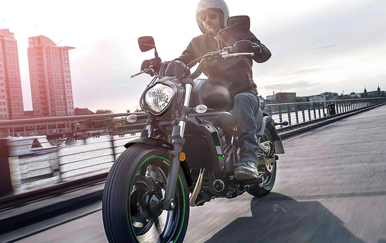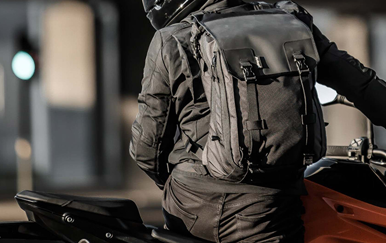After freshly passing your tests, riding on your motorcycle on your own can seem like a very scary experience.
However, if you take what you have learned previously from your lessons, alongside your own research, getting yourself into a routine of utilising these tips when you ride - you should be on the road to success resulting in your self-confidence growing.
In this blog, we are going to be running down just 10 of the best tips and advice a new rider could hear - so without further ado, let’s get into it, shall we?
Please note, if you are a beginner looking for further advice, please head over to our new rider FAQs page!
How can I improve my motorcycle riding skills?
Do you find yourself having near misses or confrontations on the road when riding? Well, you’ll be pleased to know that there is something that you can do to help you help yourself.
In this guide, we’re going to be running down some of the best riding tips we have learned throughout our time on the good ol’ British roads.
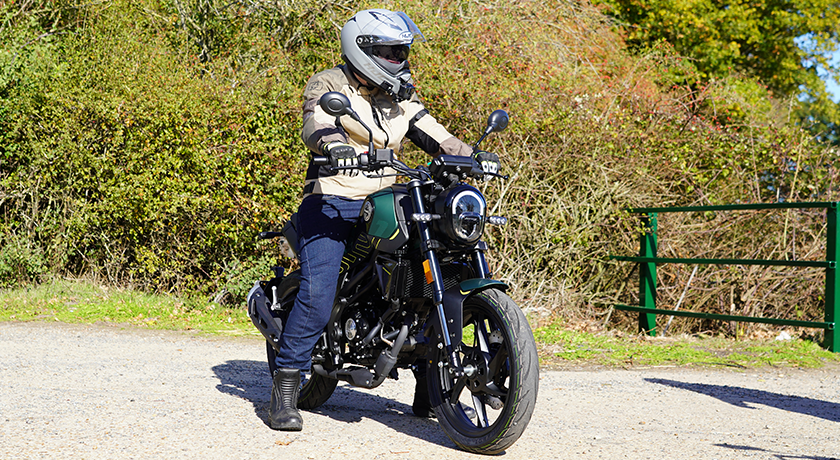
10. Complete a basic safety check before you ride
Carrying out a few basic safety checks before riding your bike is essential. By carrying out simple tasks such as checking your lights, brake lights, indicators, and fuel range guage are working correctly, you can avoid the possibility of being a potential hazard on the road to not only yourself but also other rides on the road.
9. Remember the rules of the road
Whilst I know it sounds boring, make sure to keep yourself well informed of the updated Highway Code as it is constantly switching and changing - it is better to keep yourself informed of changes in order to avoid getting yourself in a bother!
8. Practice makes perfect

Practice, practice, practice is the only way you truly will get better at riding - the longer you spend on the open road will expand your knowledge and techniques when riding.
Don’t stop learning after you have passed your motorcycle tests though, there are plenty of riding clubs and advanced training schools out there for you to attend. You can never learn too much when it comes to riding a motorcycle.
7. Make sure you leave space when following vehicles
Following a car or lorry too closely will mean that you will have less time to respond in the event that the vehicle slams on its brakes or blocks your vision in front of you.
The best advice is to drop back and give yourself and the vehicle in front more space, if you can see everything that’s happening in front and to the sides of the vehicle you’re following then you’ll stand a much better chance of being able to react.
6. Get to know your motorbike
There are many types of motorcycle out there for you to choose from, from naked to adventure there is something out there for everyone, but finding out what is best for you personally will vary from person to person. To find out which bike would suit you and your riding most it is definitely worth doing your homework - whether that be looking at articles or YouTube videos!
Also, once you have chosen your shiny new bike, make sure you get familiar with the maintenance required on your specific motorbike, you can find this information on various riders' forums, Facebook groups, or even just with a quick Google search.
5. Position yourself wisely
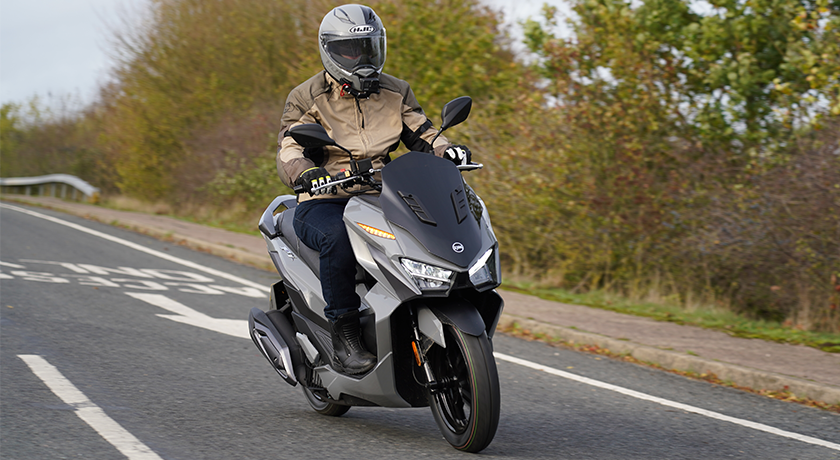
Although we’re more vulnerable on two wheels we are also very lucky because we have the ability to use much more of the road than a car driver. That increased d-fibility allows us to literally see around corners and allows other road users to spot us earlier (and us to spot them).
If you’re approaching a left-hand bend position yourself towards the centre line (not over it, or where you may come into contact with an approaching large vehicle), it’ll give you a better, earlier view around the corner. For a right-hand bend position to the left. It’s simple but very effective, not only does it allow you a better view of what lies ahead but it means an emerging vehicle will see you earlier - start consciously thinking about your positioning the next time you ride.
4. Keep calm
After recently just passing your test, of course, you’re going to feel nervous. However, making sure that you are free of this stress and anxiety before hopping on your motorcycle or scooter is essential in order to make sure your entire focus is on the road ahead of you.
As silly as it sounds, taking deep breaths can really help to ground you before riding and if you’re still feeling anxious after a handful of rides on your own, try and find an empty car park or industrial estate to practice your skills - slowly but surely you will begin to build up your confidence!
3. Invest in some quality motorcycle gear and accessories
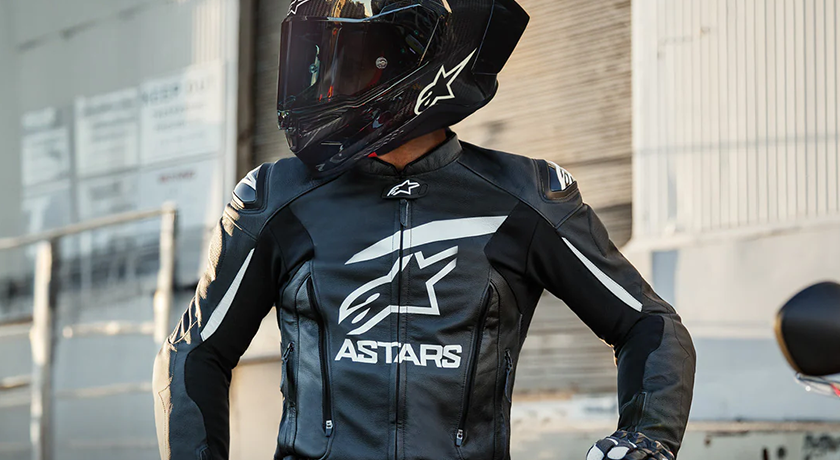
By no means should you spend a fortune on buying motorcycle gear and accessories, opting for something that is high quality and will protect you is worth more than anything money can buy. Not all quality motorcycle gear has to be ridiculously expensive, it is worth shopping around and doing your research before parting with your hard-earned cash.
If you’re unsure about which motorcycle gear you should look into investing in make sure to check out our best motorcycle gear for beginners and motorcycle helmet guides.
2. Check the weather conditions before you consider riding
It goes without saying that the UK weather is unpredictable and whilst one minute it is sunny, within a few minutes it can start pouring it down. Whilst we can’t predict the weather we may face when riding, what we can do is try to plan ahead if possible - the weather app should undoubtedly be your best friend!
If you do see any signs of snow, ice or heavy rain, it would be in your best interest to just leave the bike at home. No matter how much you enjoy riding, you should not risk putting yourself in danger.
However, if you do wish to prepare yourself for riding in a variety of milder weather conditions, make sure to check out:
- Top ten summer kit and riding tips for Scooters & Motorcycles
- How to prep your motorbike and ride safely during Winter
- Winter Motorcycle & Scooter Gear for Cold Weather Rides
1. Ride defensively
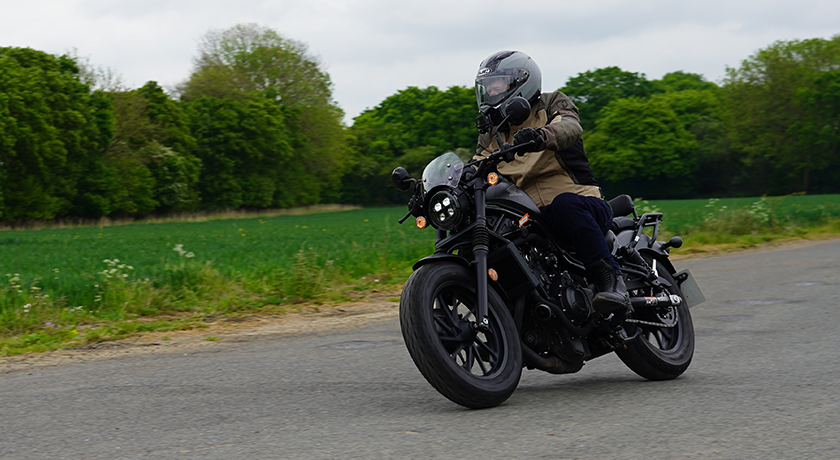
The best form of defence is not to allow an attack, meaning we must always stay alert. We share the roads with distracted, dangerous, or anxious drivers, bicycle riders, tractors, as well as wide-load vehicles, and depending on where you’re riding and the speeds you’re riding at, the likelihood of hazards either increases or decreases. Defensive riding is like having an imaginary force field around you so use it wisely - don’t get mad, get smart.
Ready to ride!
So there you have it, I hope you enjoyed my rundown on just 10 of the best bits of riding advice for new or young riders…
Last but not least, one of the best ways of protecting yourself when riding the open road (other than the correct gear) is by making sure you have the correct insurance coverage - if you have a motorcycle of your own to insure, make sure to get a motorcycle insurance quote direct with Lexham!



